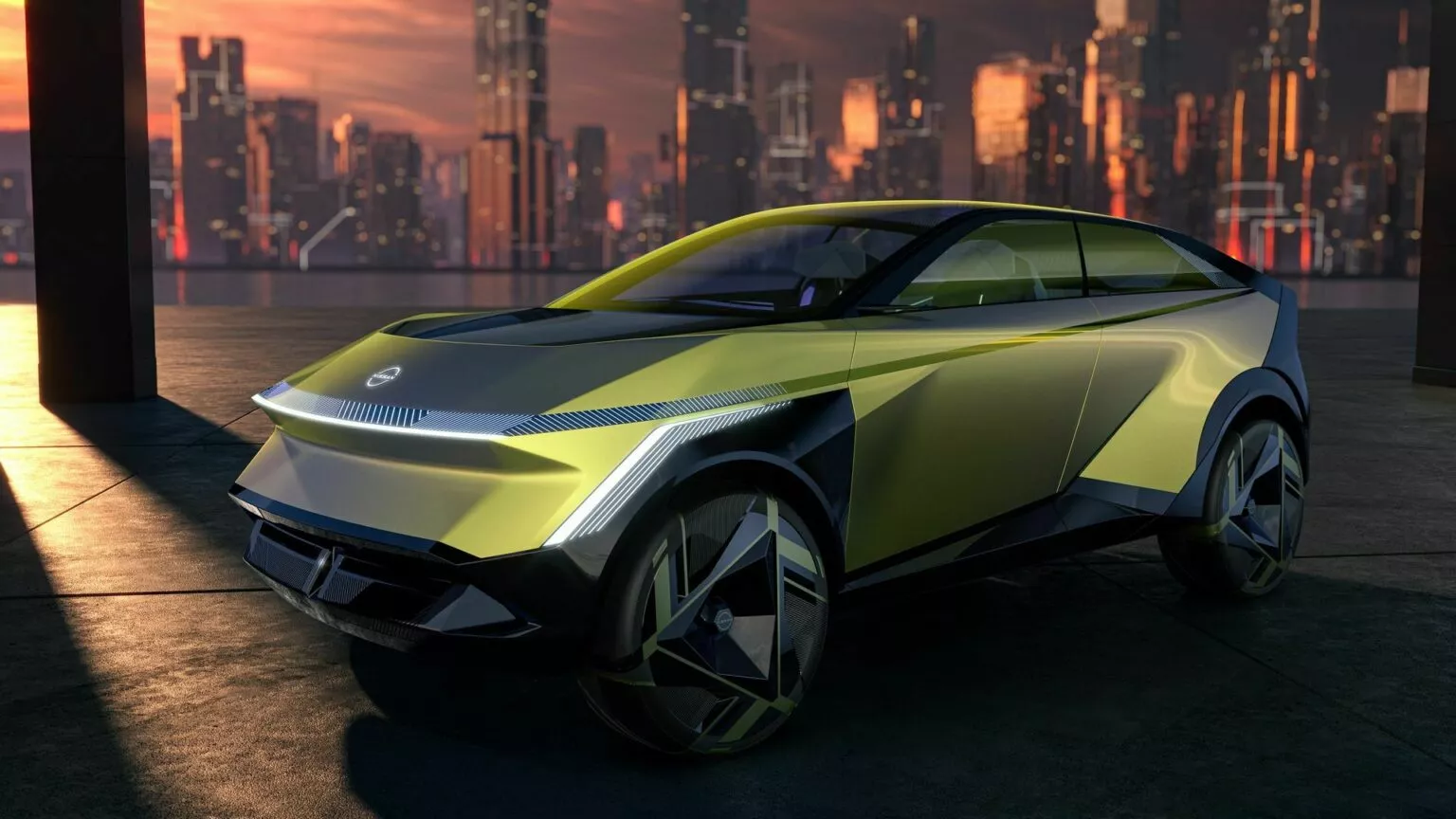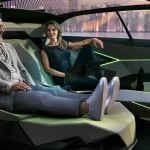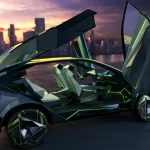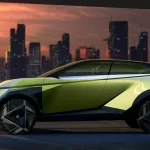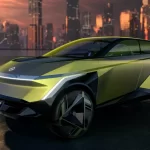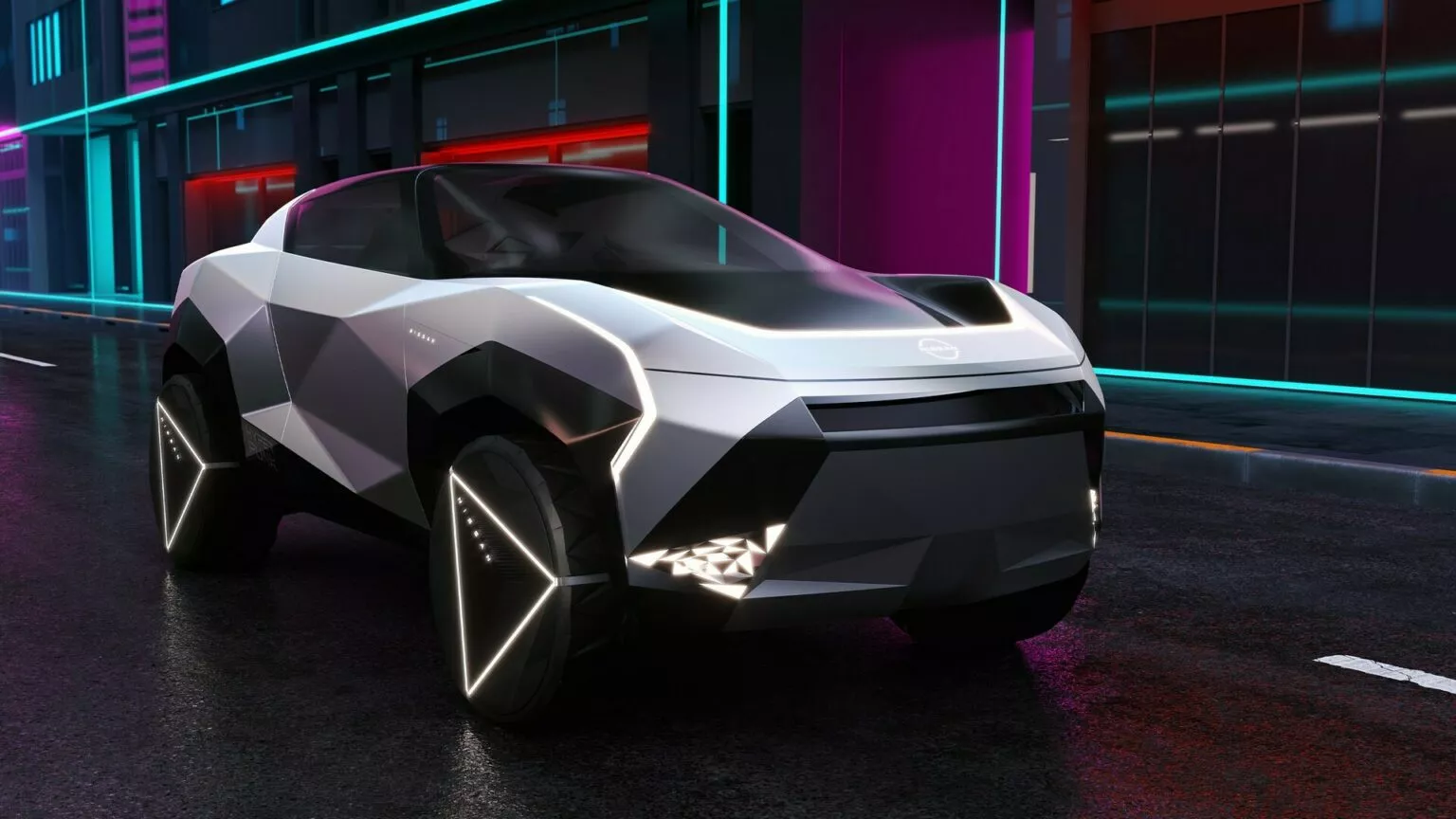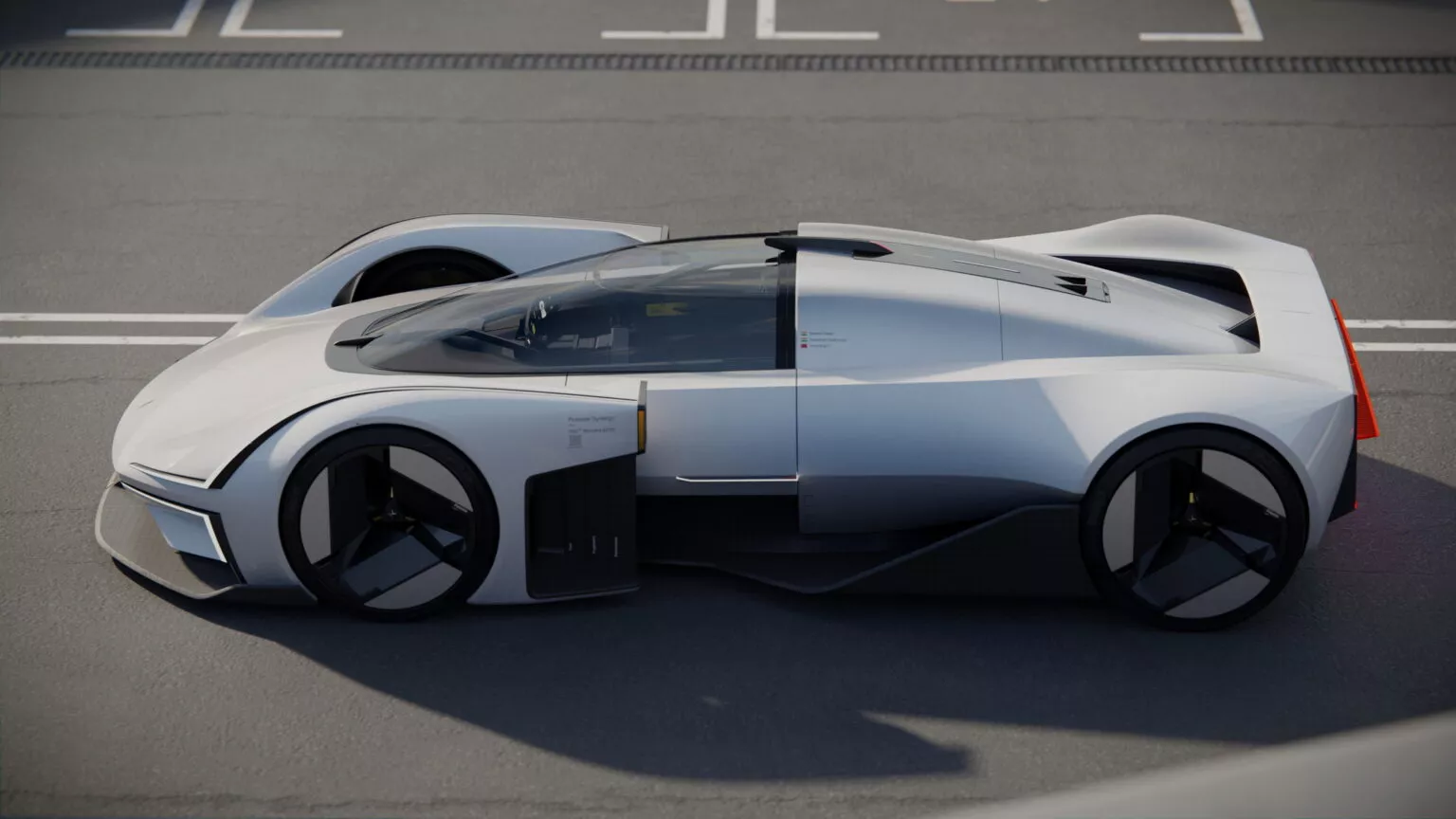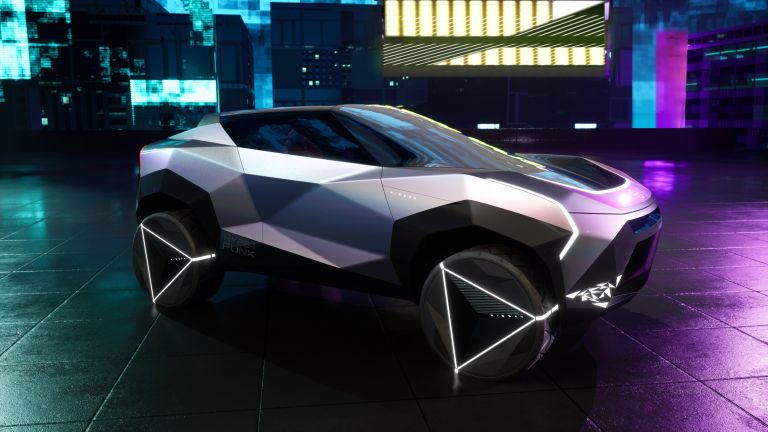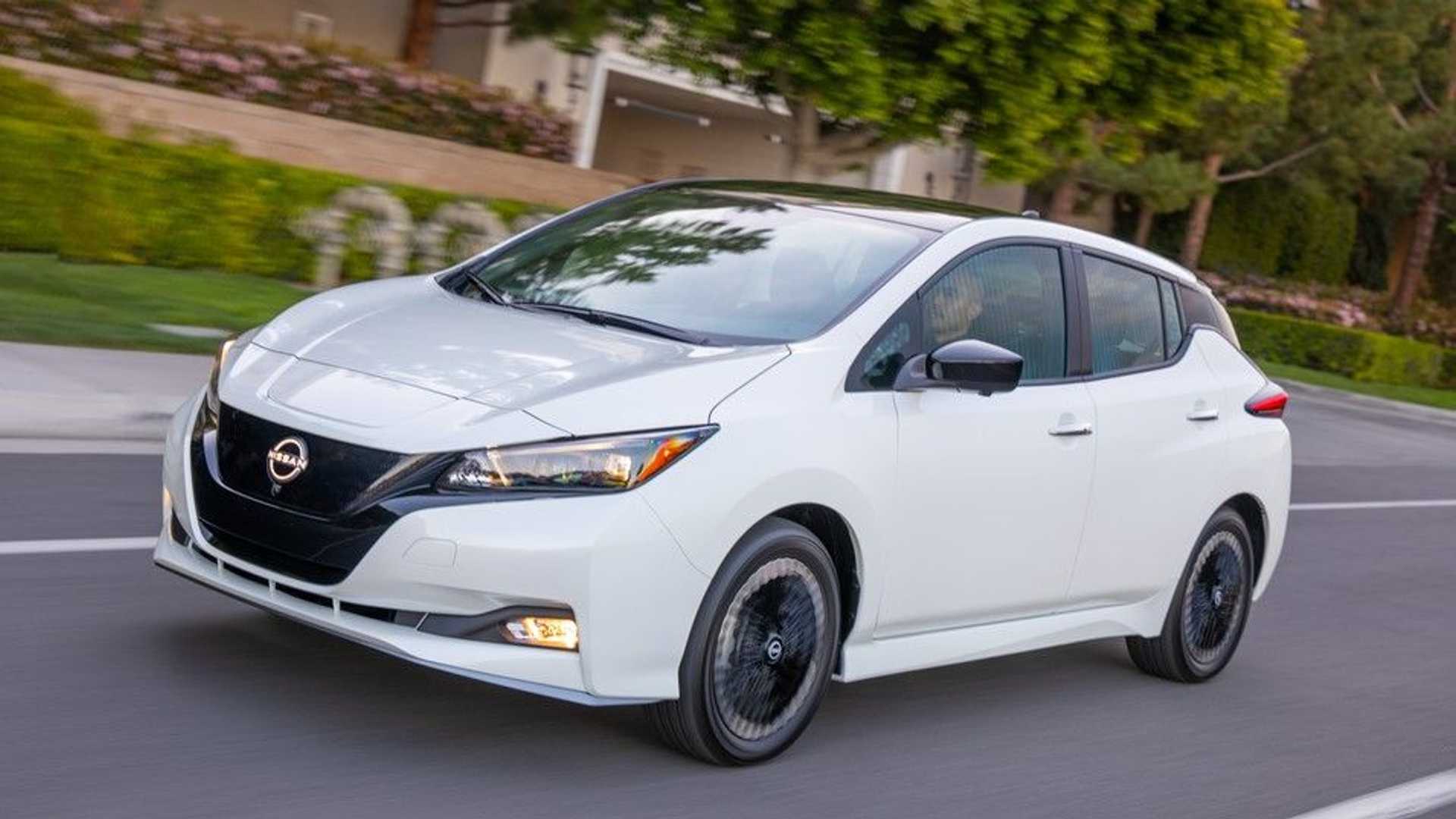Nissan has revealed the first in a series of groundbreaking electric concept vehicles slated for debut at the upcoming Tokyo Motor Show, now rebranded as the Japan Mobility Show. This inaugural concept, known as the Nissan Hyper Urban, represents a bold foray into sustainable mobility solutions tailored for urban and suburban professionals.
The Hyper Urban concept not only showcases Nissan’s visionary approach to design but also offers a tantalizing glimpse into the technological prowess that will define the automaker’s forthcoming electric lineup. The vehicle’s exterior design represents a striking departure from Nissan’s current electric SUV, the Ariya, marked by its sharp, angular lines and surfaces that might evoke comparisons with recent designs from competitors like Hyundai.
The front end of the Hyper Urban immediately draws attention with its full-width LED light bar and a distinctly angular fascia, devoid of the curves typically associated with conventional SUVs. Complementing this avant-garde exterior is a gloss black bumper, providing a captivating contrast to the vibrant lime yellow paint that Nissan claims exhibits varying chromatic expressions depending on the play of light.
A lateral view of the concept vehicle reveals a captivating four-door configuration featuring butterfly doors at the front and suicide-butterfly doors at the rear—a design that, while intriguing, might pose practical challenges in the real world. The rear of the Hyper Urban is equally striking, with an eye-catching LED light bar and angular fascia contributing to its futuristic appeal.
Although Nissan has provided limited information about the interior, a single released image showcases an equally arresting cabin. Lounge-style chairs complete with generous ottomans and a central screen for rear-seat passengers stand out as notable features. Interestingly, the ottomans are an integral part of the front seats, capable of collapsing and folding into the rear seats.
While the specifics of the Hyper Urban’s electric powertrain remain undisclosed, Nissan highlights its inclusion of V2H (Vehicle-to-Home) functionality and V2G (Vehicle-to-Grid) capability, underlining its commitment to enhancing the electric vehicle ecosystem. Furthermore, the vehicle has been engineered to accommodate hardware updates and regular software updates, with the potential for the cabin to receive digital instrument panel upgrades that reflect the latest trends in user interface design.
Nissan’s Hyper Urban concept serves as a compelling testament to the automaker’s dedication to pioneering sustainable urban mobility solutions, blending innovative design with cutting-edge technology. As the Japan Mobility Show approaches, anticipation grows for further revelations about Nissan’s vision for the future of electric vehicles and their role in shaping the urban landscape.

